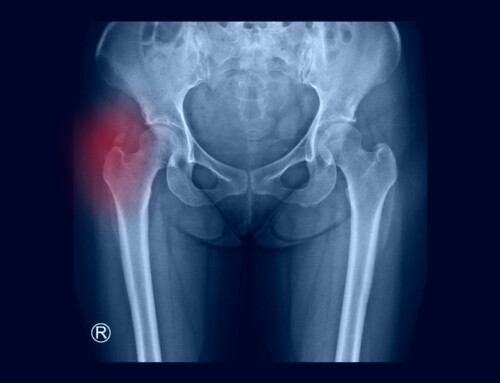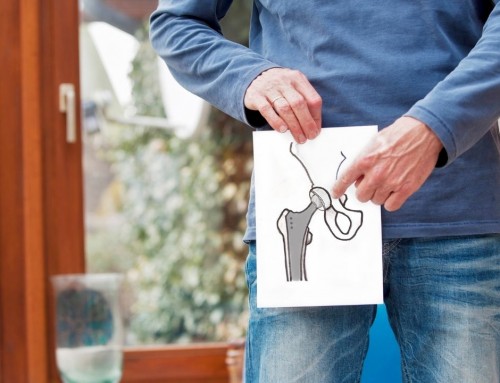By: Tyler S. Rosenberg, SPT
Femoroacetabular Impingement (FAI) & Physical Therapy Treatment Saratoga Springs – Queensbury NY
Anatomy of the hip joint:
The hip joint is known as the coxafemoral joint, which consists of two parts: the head of the femur and the acetabulum. The acetabulum is part of the innominate bone (pelvis), which is made up of the pubis, ischium, and ilium bones. Together the acetabulum and femoral head create a ball and socket joint. The hip joint is stabilized and held together by the acetabular labrum, joint capsule, iliofemoral ligament, ischiofemoral ligament, and pubofemoral ligament.
What is FAI:
Femoroacetabular Impingement (FAI) is described as a bony overgrowth or bone spur, which develops on the acetabulum and/or femoral head. This will result in an abnormal contact and prevents the joint from moving “smoothly” during movement. Over time FAI can be a precursor to labral tears and osteoarthritis. Labral tears are common with this deformity because the acetabular labrum lines the acetabulum and connects it to the femoral head.
Etiology of FAI:
- Genetics
- Malunion following femoral neck fracture
- History of legg-calve- perthes disease and/or slipped capital femoral epiphysis
- Exposure to repetitive motions of hip rotation and hip flexion during adolescence from participating in sports such as: hockey, basketball, football, or wrestling.
Types of FIA:
- Pincer: Described as a bony prominence/enlargement of the acetabulum resulting in an over-coverage of the femoral head and is more common in females. This can result in the labrum becoming crushed under the prominent rim of the acetabulum.
- Cam: Described as a bony prominence on the femoral neck and is more common in males. This can result in the bony prominence on the femoral head grinding the cartilage inside the acetabulum.
- Combined: Combination of the both pincer and cam. Most common.
Physical therapy assessment of FIA:
According to the ICF model to “diagnose” a patient with FAI, they must have the following signs and symptoms:
- Anterior pain in the groin
- Pain reproduced with the following movements: hip flexion, adduction, and internal rotation (FADIR)
- Hip internal rotation accompanied with the hip flexion to 90 degrees, is less than 20 degrees
- Hip flexion and abduction range of motion may be decreased
- The patient may complain of mechanical symptoms such as popping, locking, or snapping of the hip with movement.
Treatment options for FAI:
The treatment options for a patient with FAI consist of conservative physical therapy and surgical arthroscopic debridement and labral repair, followed by physical therapy. Surgical procedure is the most common treatment category for this dysfunction. But, the conservative approach of physical therapy has been shown to be effective for these patients as well.
Conservative physical therapy protocol:
- Improving the neuromuscular function of the hip
- Hip specific and functional lower extremity strengthening
- Core stability training
- Postural balance exercise training
- Strengthening of the hip external rotators, hip abductors, and hip flexors in all 3 planes of motion (sagittal, transverse, and frontal)
- Patient education
Learn more about how treatment and prevention at Capital Area Physical Therapy & Wellness is the ideal solution to help you live a pain-free, active life. Call one of our physical therapy clinics in Malta – Saratoga Springs at (518) 289-5242 or in Queensbury – Glens Falls at (518) 502-1154 to schedule an appointment!




